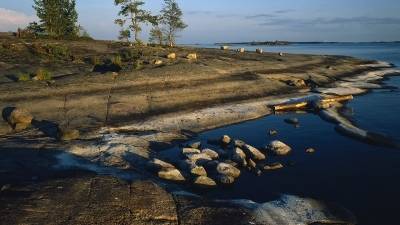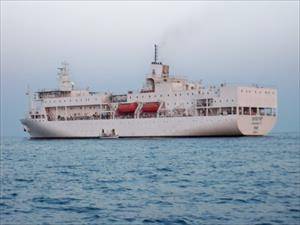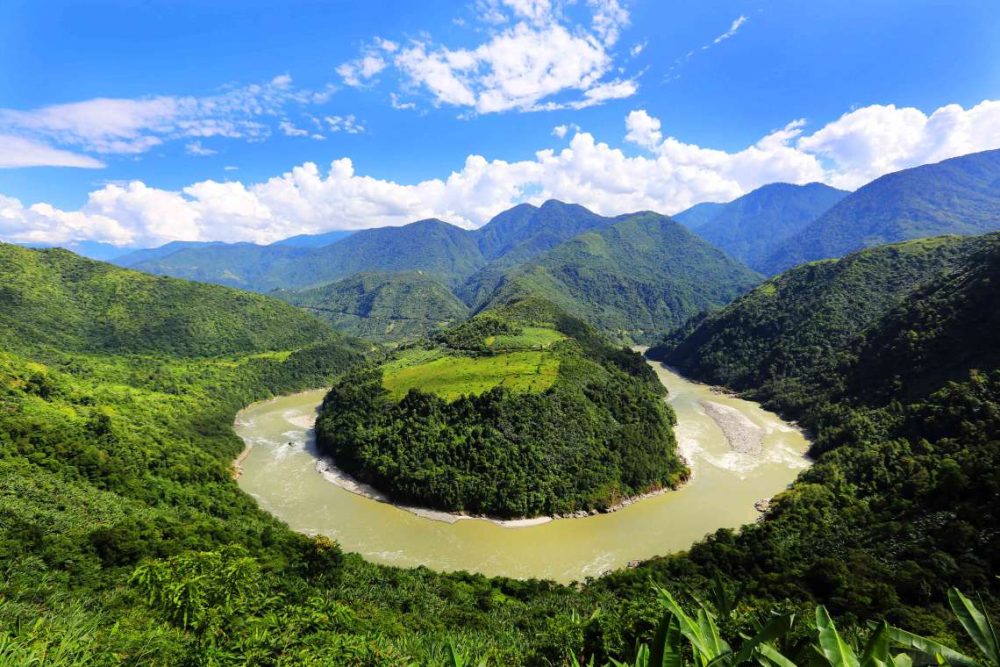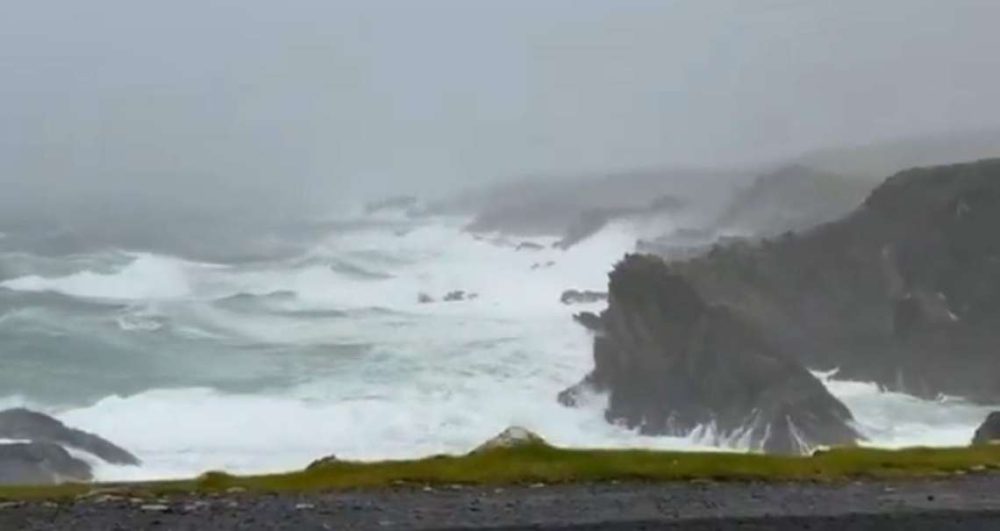Ocean warming will definitely have an impact on marine biodiversity. That is all to do with upper ocean heat content, said Secretary, Ministry of Earth Sciences, M Ravichandran…reports Nivedita Khandekar
India has outlined an ambitious plan to touch the depths of the Indian Ocean as part of its ‘Deep Ocean Mission’ with the Ministry of Earth Sciences (MoES) as its nodal implementing agency.
Sea Surface Temperature (SST) is an integral part of ocean monitoring and plays an important role in forecasting models. As the changes in the SST conditions over the Pacific and the Indian Oceans are known to influence the Indian climate, India Meteorological Department (IMD) is carefully monitoring the evolution of sea surface conditions over these ocean basins.
Because of climate change, the sea level will rise leading to disturbances such as the cyclones. Atmospheric and ocean circulation is all connected. Ocean warming will definitely have an impact on marine biodiversity. That is all to do with upper ocean heat content, said Secretary, Ministry of Earth Sciences, M Ravichandran.

“We are already at it and want to continue to monitor the oceans. Most of the heat is at the top, up to 2,000 metres as per the information currently available. But the actual heat is below 2,000 metres. Since we do not know what is happening there, would want to monitor,” he added.
“As on date, the mass (humidity) and the temperature are available. If you want a week’s forecast, we want to know SST. Then, if you want to forecast for a month ahead, you need to go to at least 100 metres below the surface, for where the heat is available. You want to go for next season, you will need to go below 1,000 metres. You want to go for a year, then you need to go still further below,” the top scientist explained, adding “But if we want to go for the climate, we need to go below 2,000 metres depth.”
“At 2,000 metres, the variation in temperature is minimal, very small. But that will give you clues to the future. This is why we have got to monitor the entire water column,” he said.
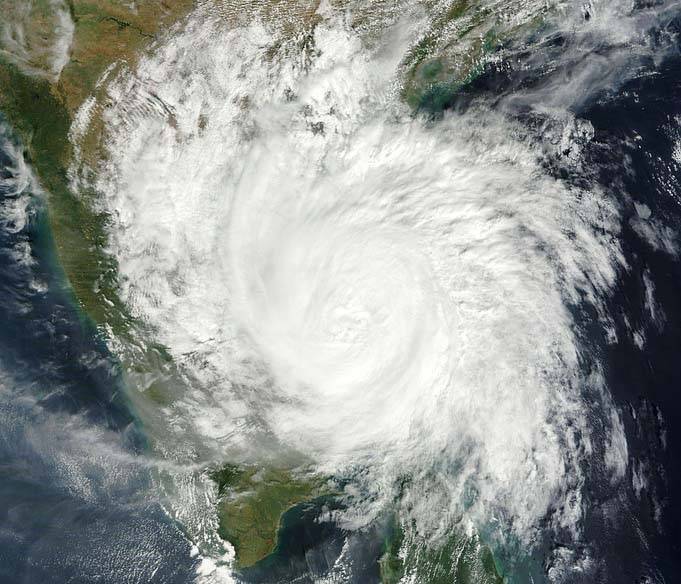
That will help achieve one of the six deliverables under the Deep Ocean Mission, i.e., the ‘Development of ocean climate change advisory services’.
Earlier this year, the Assessment Report 6 of the working group I of the Inter-governmental Panel on Climate Change (IPCC AR6 WGI) had warned how the intensity and frequency of the sea level extremes and the frequency of cyclones are set to increase by 2050 and then intensify further by 2100 as the global temperature rise continues.
ALSO READ-US submarine hits underwater object in Pacific Ocean
READ MORE-India joins High Ambition Coalition for protecting land, ocean


